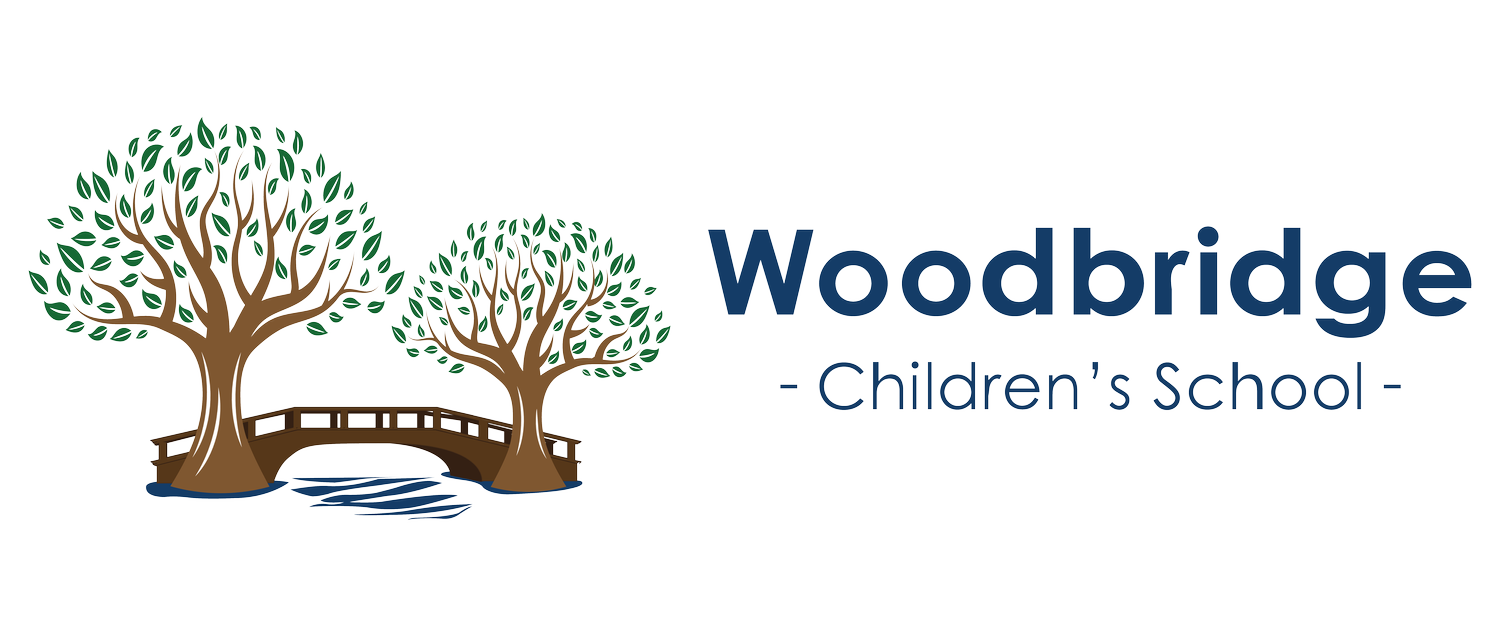
Educational Approach
At Woodbridge Children’s School, we aim to inspire young students. We incorporate Language Arts, Math, Science, Social Studies, Art, Social-Emotional, hands-on learning, and experiential exercises to tap into a young student’s energy and creativity. To inspire each child’s passion for learning and exploration.
Our integrated combination curricular approach
is grounded in the best of Early Education
How constructivism works
Building on prior knowledge: Children use their existing knowledge, or schemas, to understand new experiences.
Generating rules and ideas: Children create their own rules and ideas based on their experiences and trial and error.
Making learning unique: Each child’s learning is unique because of their individual experiences.
How constructivism is applied in the classroom
Teachers support children in following their instincts and creating their own knowledge.
Teachers provide a safe and predictable classroom environment.
Teachers help children understand their previous knowledge.
Teachers help children build lifelong friendships.
MARIA MONTESSORI - LEV VYGOTSKY - JEAN PIAGET - ERIK ERIKSON - HOWARD GARDNER
MARIA MONTESSORI - LEV VYGOTSKY - JEAN PIAGET - ERIK ERIKSON - HOWARD GARDNER
Embracing all Early Childhood Theorists
-

MARIA MONTESSORI
Montessori believed that early childhood learning required a two-prong approach: Educate the child’s senses first,
then educate the child’s intellect. Her approach was to view the children as sources of knowledge with the teacher or educator acting as a social engineer. Her hands-on approach to instruction with the learning environment being
deemed as vital as the knowledge itself has transformed academic success for many children who did not respond well to traditional classroom methods.
-

LEV VYGOTSKY
Vygotsky believed that social interaction is an important vehicle for child development on linguistic, social, and
cognitive levels. He introduced the concept of a teacher as more of a learning facilitator where the child learns by
working with someone more capable than the child.
Vygotsky believed that social interaction is an important vehicle for child development on linguistic, social, and
cognitive levels. He introduced the concept of a teacher as more of a learning facilitator where the child learns by
working with someone more capable than the child.
-

JEAN PIAGET
Piaget believed in ages/stages, that children learn by interacting with their environment actively and directly. He
believed that a child’s learning also goes through several stages: assimilation, accommodation, and equilibration. This
is how they process new information and make it useable to them.
-

ERIK ERIKSON
Erikson’s psychosocial theory (among others) has been a foundational concept in early childhood education for years.
He emphasized that parents and educators are each integral in supporting and encouraging the success a child has in
life at every psychosocial stage of development. By providing the support that is appropriate for the stage, it results in
a positive learning experience. He also believed that older children’s social emotional development goes hand in hand with the development and subsequent success of early childhood curriculum.
-

HOWARD GARDNER
Gardners theory of multiple intelligences has many implications for early childhood education. This theory suggests
that people have different ways of perceiving the world, and that learning should be tailored to each persons strengths.
-

FRIEDRICH FROEBEL
According to Froebel, “Play is the highest expression of human development in childhood, for it alone is the free
expression of what is in a child’s soul.” Simply put, he believed play was absolutely vital in the learning process, especially for young children.
Examples of different intelligences
-
Reading and writing exercises
-
Visual-spatial: Visual aids and hands-on activities
-
Musical: Incorporating music into lessons
-
Interpersonal: Group activities and discussions
-
Kinesthetic: Physical activities like dancing, obstacle courses, and hide-and-seek
-
Naturalistic: Nature walks, taking care of plants, or creating collage art with natural materials


